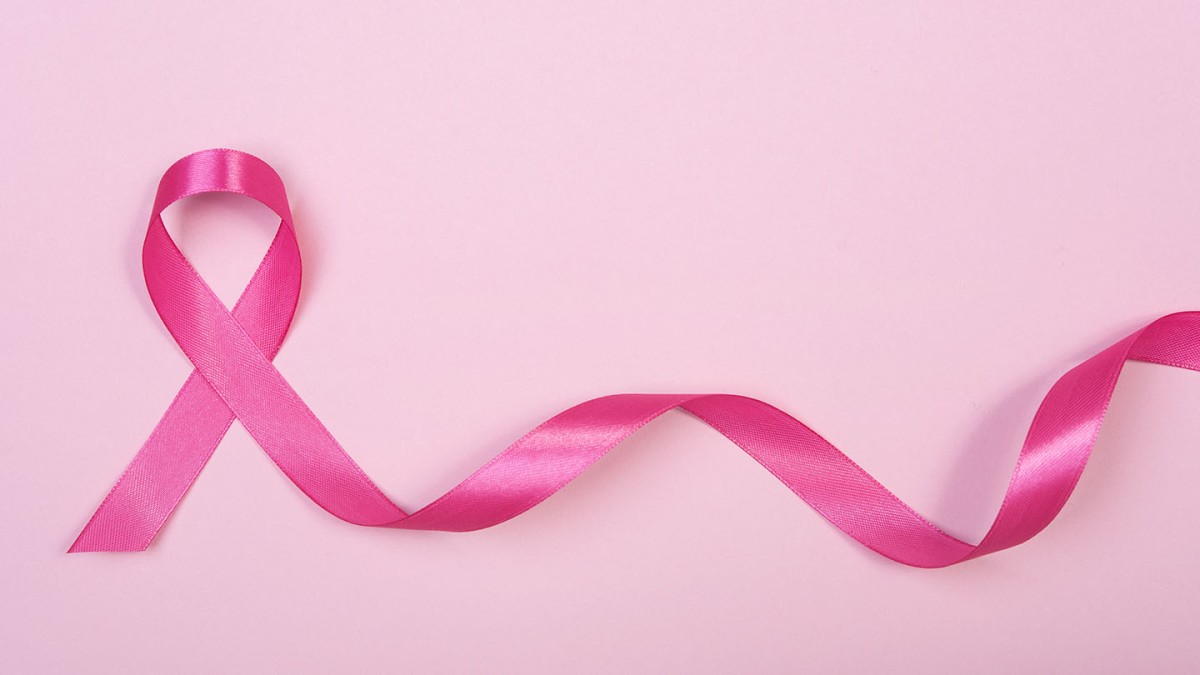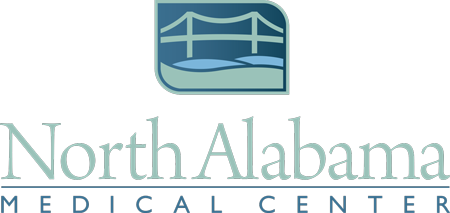Breast Cancer: Your Questions Answered
October 21, 2022

Breast Cancer Awareness Month is observed nationally every October to raise awareness about the impact of breast cancer and provide education on the most common symptoms and associated risk factors for the disease. By staying informed and taking preventive action to fight breast cancer, we can help to minimize the effect this disease has on women in our communities.
Why is Breast Cancer Awareness Month so important?
The average woman’s risk of breast cancer is around 13 percent in the U.S. – meaning about one in eight women will be diagnosed with invasive breast cancer in her lifetime. In fact, breast cancer is the most common form of cancer among American women, besides skin cancers. Breast cancer is also the second leading cause of cancer death in women, superseded only by lung cancer. According to the Centers for Disease Control and Prevention (CDC), about 264,000 women are diagnosed with breast cancer each year in the U.S., and roughly 42,000 women die as a result.
What are the risk factors?
Arguably the most significant risk factor for developing breast cancer is aging, but it’s important to remember that all women – no matter their age – can develop breast cancer. This means you may need to begin annual screenings sooner if you are at higher risk of developing the disease. Important risk factors to consider include genetic mutations, having dense breasts, a family history of breast cancer, a lack of physical activity, and being overweight after menopause, among others. Talk with your provider about your risk factors and ask about the best time for you to begin regular breast health screenings.
What are the symptoms?
There are many types of breast cancer, and they can present a variety of warning signs. Some of these signs include a new lump in the breast or underarm, any change in the size or shape of the breast, breast skin irritation, pain in any area of the breast, and discharge other than breast milk. Although there are many different symptoms of breast cancer, some people diagnosed with breast cancer have no signs. That’s why it’s so important to stay on top of your health and take the proper steps to prevent breast cancer, including having annual mammograms.
What is a mammogram?
A mammogram is a simple, routine screening recommended for women 40 and older that helps detect breast cancer earlier than the occurrence of symptoms. A mammogram screening only takes about an hour once a year and is one of the best ways to detect breast cancer before lumps can be felt or other symptoms appear. Mammograms have been proven to help reduce deaths from breast cancer by detecting the disease early when you’re more likely to have more accessible and effective treatment.
What else can I do?
In addition to annual mammograms, you can do a few proactive things to help lower your risk for breast cancer, including regular exercise, adequate sleep, healthy eating, limited alcohol intake, and avoidance of chemicals that can cause cancer. Clinical breast exams and self-exams are also suitable secondary methods for identifying warning signs like lumps or breast pain.
For more information on breast cancer symptoms, risk factors, and screening methods, please visit https://www.cdc.gov/cancer/breast/ or www.breastcancer.org. If you would like to schedule your annual mammogram or talk with a provider about your breast health, North Alabama Medical Center can help. Call 256.629.DOCS or Visit the “Find a Doctor” tab at namccares.com
